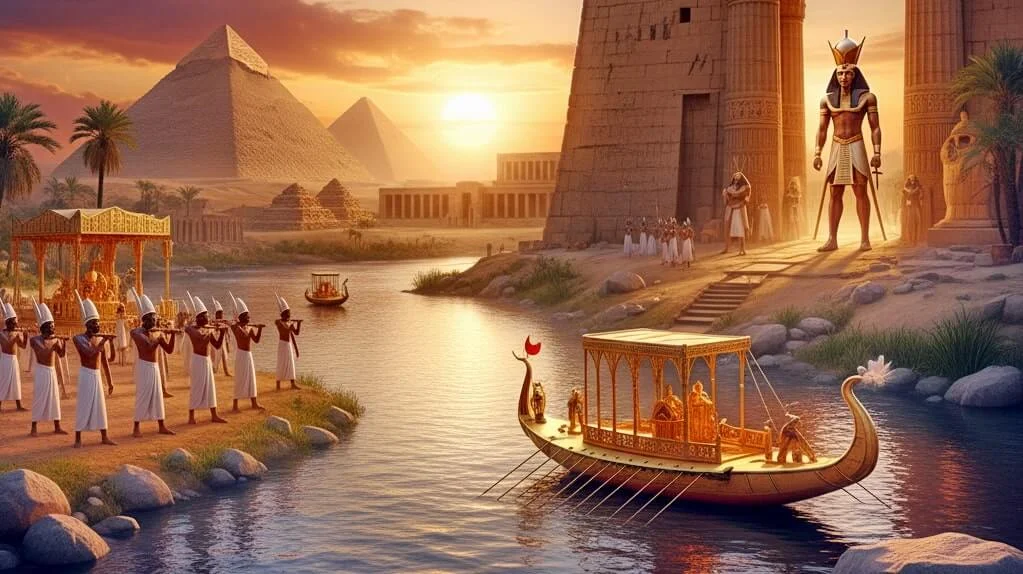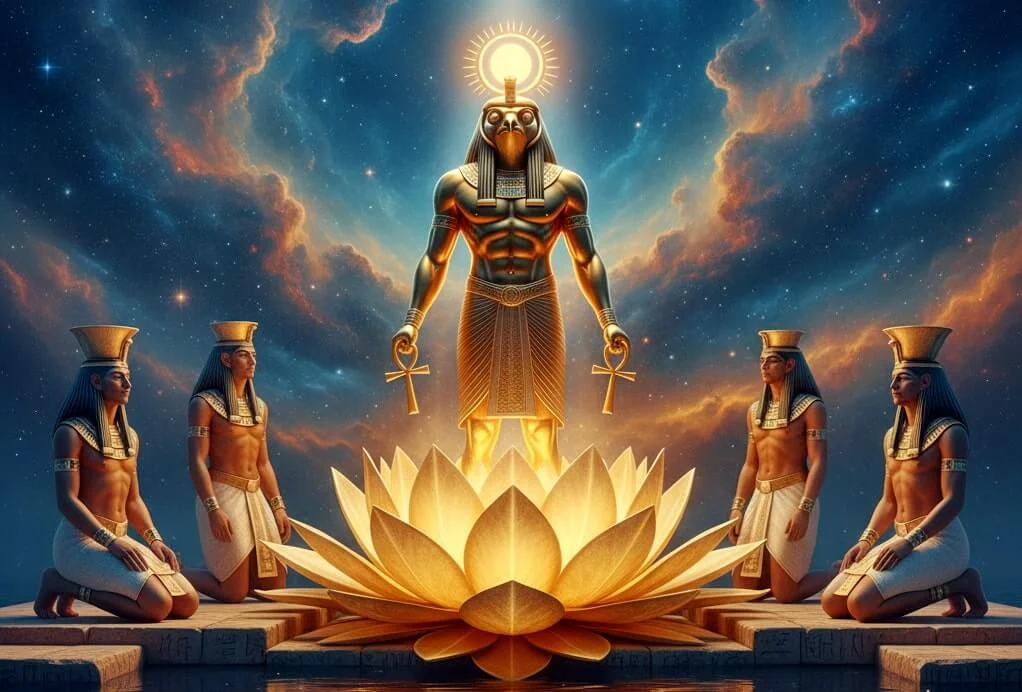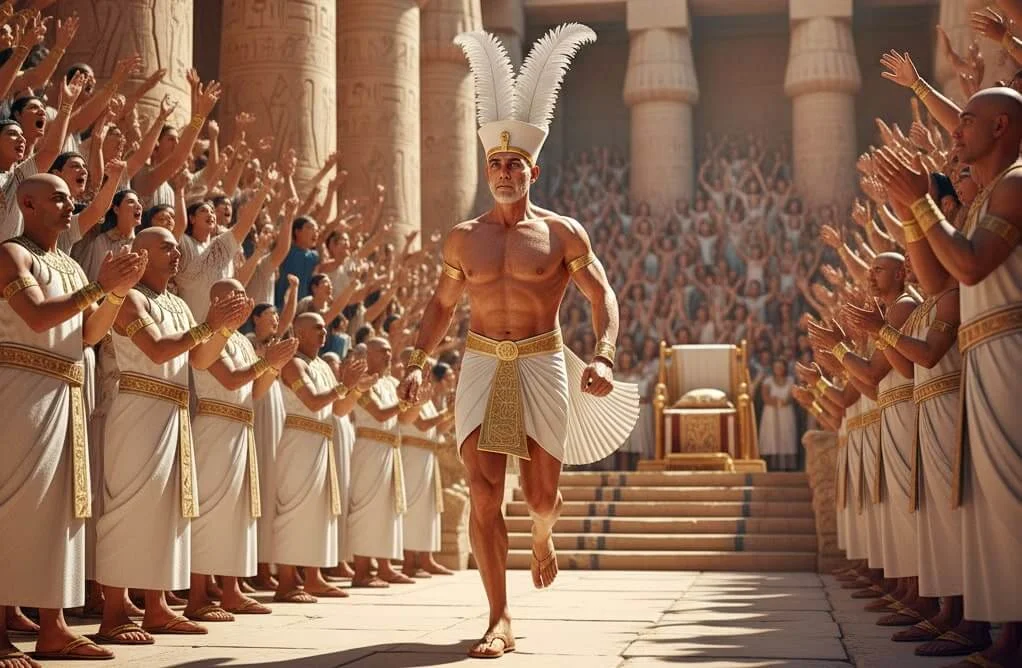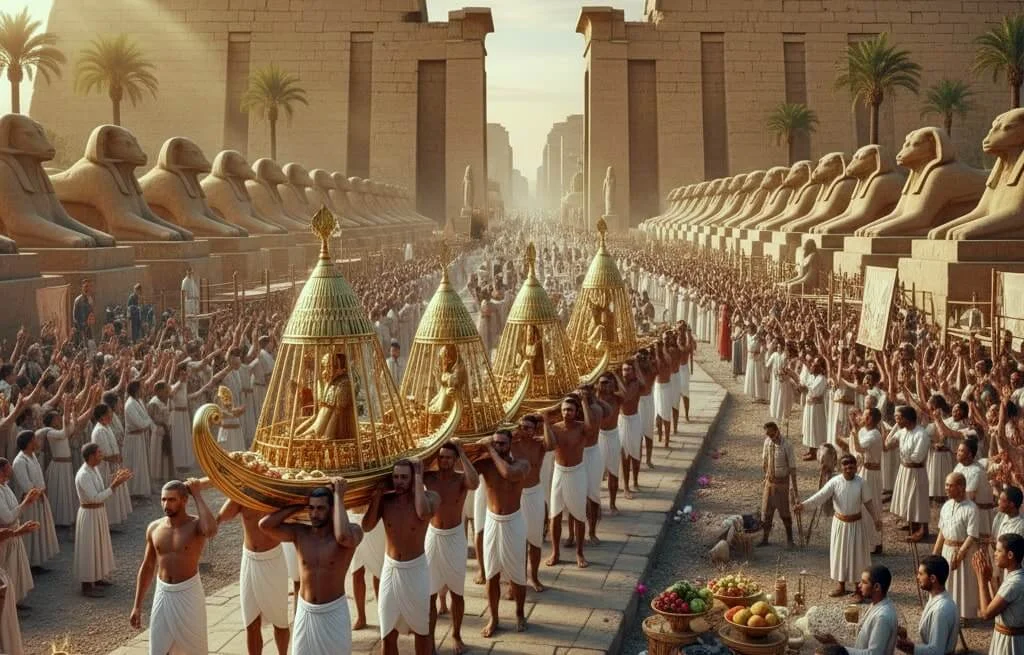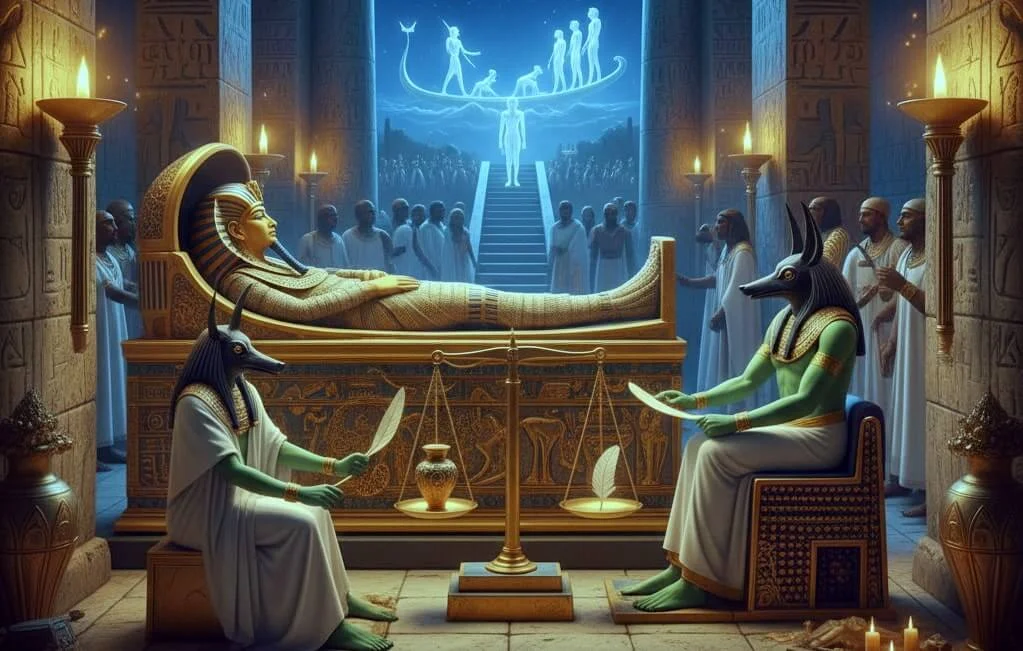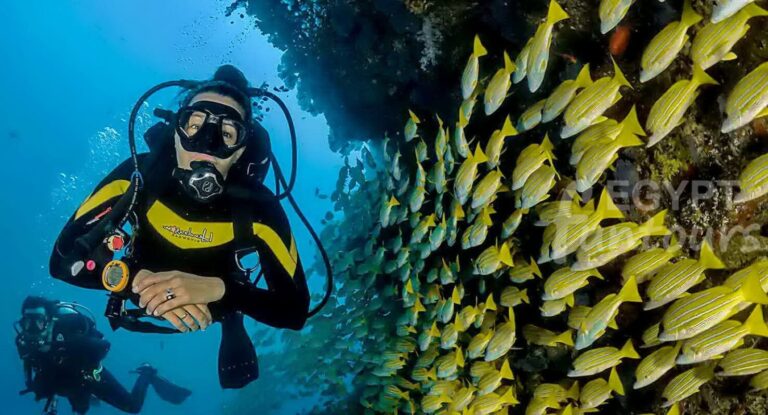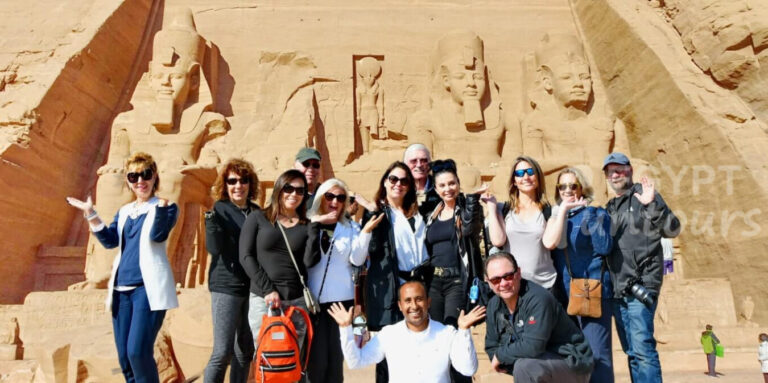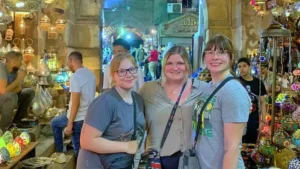10 Important Events in Ancient Egypt
Ancient Egypt invented civilization as we know it. Its history spans thousands of years, delivering countless important events. Forget wars and construction for a moment. This article focuses on the ten events that truly defined Egyptian culture and spirituality. We explore the 10 important events in Ancient Egypt that shaped their faith, royal power, and daily life. Discover the incredible festivals and rituals that sustained one of the world’s most fascinating and enduring civilizations. By examining these key moments, we gain a deeper understanding of Egypt’s lasting spiritual legacy.

